Home>Garden Essentials>When To Plant Persimmon Seeds
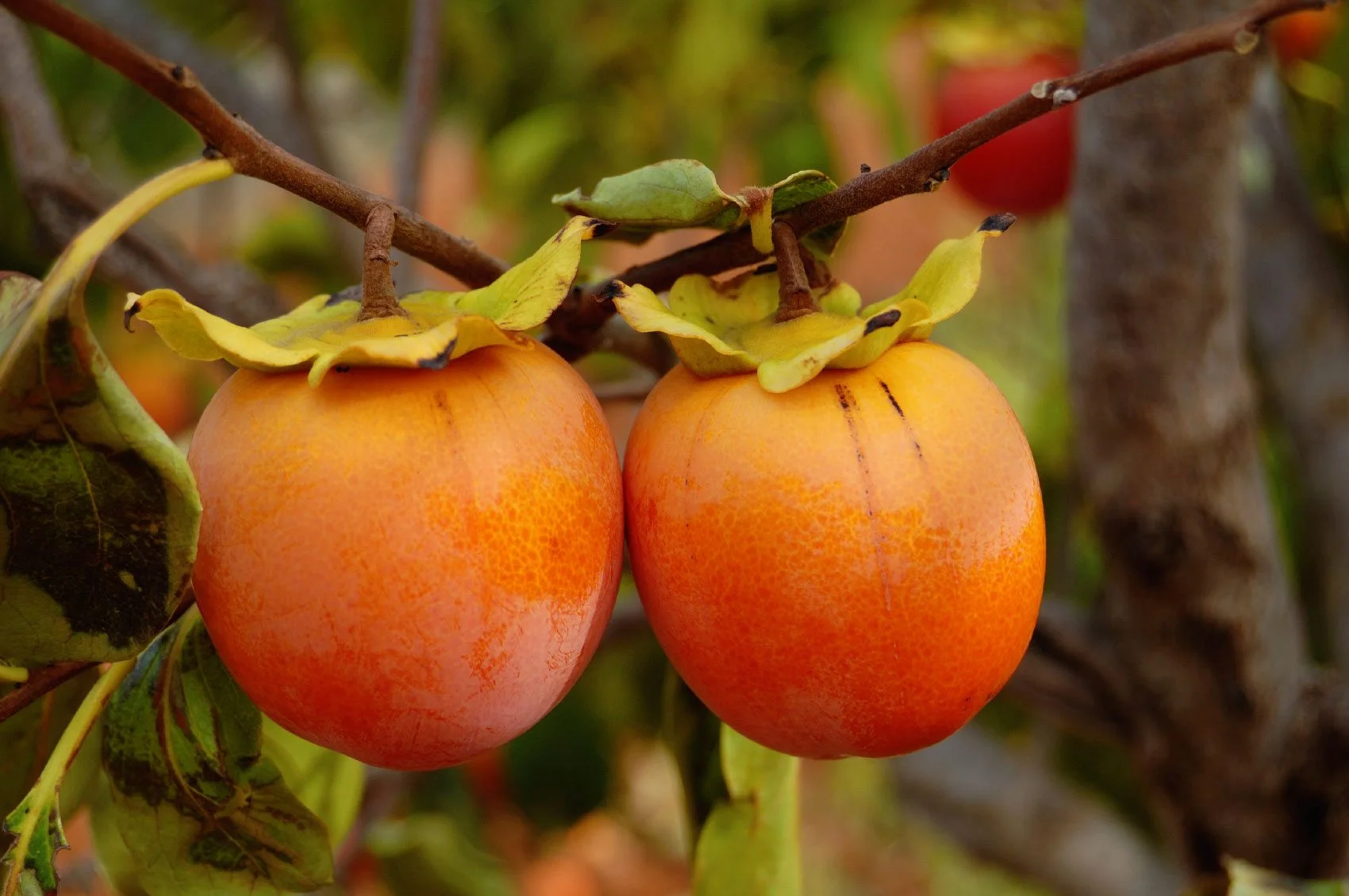

Garden Essentials
When To Plant Persimmon Seeds
Modified: March 15, 2024
Discover the best time to plant persimmon seeds for a thriving garden. Learn essential tips and techniques for successful persimmon seed planting.
(Many of the links in this article redirect to a specific reviewed product. Your purchase of these products through affiliate links helps to generate commission for Storables.com, at no extra cost. Learn more)
Introduction
Welcome to the world of gardening! If you love fruits and are eager to grow your own, then planting persimmon seeds is a great way to start. Persimmons are delicious fruits that are not only a delight to eat but also add beauty to your garden with their vibrant colors. Growing persimmon trees from seeds can be a rewarding and fulfilling experience, allowing you to witness the journey from seed to tree.
Before you begin, it’s important to understand the right time to plant persimmon seeds and the necessary steps to ensure their successful growth. This comprehensive guide will provide you with all the information you need to know about planting persimmon seeds and caring for the seedlings.
So let’s get started and discover when is the best time to embark on your persimmon planting journey!
Key Takeaways:
- Plant persimmon seeds in spring for best results, or in fall for regions with mild winters. Be patient, as seeds take weeks to months to sprout.
- Prepare persimmon seeds by collecting ripe fruits, stratifying seeds, and conducting a germination test. Plant in ground or containers, and care for healthy growth.
Read more: How To Plant Persimmon Tree From Seed
Choosing the Right Time to Plant Persimmon Seeds
Planting persimmon seeds at the right time is crucial for their successful germination and growth. Persimmon trees thrive in temperate climates, so it’s important to consider the local weather conditions before you begin planting.
The ideal time to plant persimmon seeds is during the spring season when the soil is starting to warm up and the risk of frost has passed. This allows the seeds to establish roots and grow without the risk of cold temperatures damaging them.
Before planting, it’s also helpful to determine the frost-free date for your region. This information can be obtained from local agricultural extension offices or online resources. Aim to plant persimmon seeds a few weeks after the last frost date to ensure optimal conditions for growth.
In some cases, you may also choose to plant persimmon seeds in the fall. This is especially applicable if you live in regions with mild winters. By planting in the fall, the seeds can undergo a period of stratification (exposure to cold temperatures) naturally during the winter, which can enhance germination rates in the following spring.
It’s worth noting that persimmon seeds have a long germination period, often taking several weeks to months before they sprout. So, patience is key when waiting for the seeds to show signs of life.
Now that you know the best time to plant persimmon seeds, let’s move on to the next step: preparing the seeds for planting!
Preparing the Persimmon Seeds for Planting
Before you can plant persimmon seeds, it’s important to prepare them properly to increase the chances of successful germination. Follow these steps to ensure your persimmon seeds are ready for planting:
- Collecting ripe persimmon fruits: Look for fully ripe persimmons from which you can extract the seeds. Ripe persimmons are usually soft to the touch and have a deep orange color.
- Extracting the seeds: Cut open the ripe persimmon and scoop out the seeds. Rinse the seeds under running water to remove any excess flesh or pulp.
- Stratifying the seeds: Persimmon seeds require a period of stratification to break their dormancy and promote germination. This can be achieved by placing the cleaned seeds in a damp paper towel, sealing them in a plastic bag, and storing them in the refrigerator for about 60 to 90 days.
- Performing a germination test: After the stratification period, you can conduct a germination test to check the viability of the seeds. Place a few seeds in a moist paper towel and keep them in a warm location. If the majority of the seeds sprout within a few weeks, they are ready for planting.
By following these simple steps, you will ensure that your persimmon seeds are properly prepared for planting, increasing the likelihood of successful germination.
Now that the seeds are ready, it’s time to learn how to properly plant them in the ground or in containers. Choose the method that suits your gardening preferences and available space, and let’s move on!
Planting Persimmon Seeds in the Ground
If you have ample space in your garden or yard, planting persimmon seeds directly in the ground can be a great option. Follow these steps to ensure successful planting:
- Choose a suitable location: Select a sunny spot in your garden that has well-draining soil. Persimmons prefer full sun exposure to thrive.
- Prepare the soil: Dig a hole that is about twice the width and depth of the persimmon seed. Loosen the soil and mix in organic matter such as compost or well-rotted manure to improve fertility and drainage.
- Plant the seed: Place the persimmon seed in the hole with the pointed end facing down and the rounded end facing up. Cover the seed with soil, gently pressing it down to ensure good soil-to-seed contact.
- Mulch the area: Apply a layer of organic mulch around the planted seed to retain moisture and suppress weed growth. Keep the mulch a few inches away from the seedling to avoid suffocating it.
- Water regularly: After planting, water the soil thoroughly to ensure moisture reaches the seed. Keep the soil consistently moist for the first few weeks until the seedling emerges.
- Provide support: As the seedling grows, you may need to provide support in the form of a stake or small trellis to help it grow straight and strong.
It’s important to note that growing persimmon trees from seeds planted directly in the ground can take several years to yield fruit. However, if you’re passionate about the process and willing to wait, it can be a rewarding experience.
Next, let’s explore how to plant persimmon seeds in containers, which allows for more control and flexibility in terms of space and mobility.
Plant persimmon seeds in the fall, after the fruit has ripened. Choose a sunny location with well-drained soil. Bury the seeds 1-2 inches deep and keep the soil consistently moist. Germination may take several weeks.
Planting Persimmon Seeds in Containers
If you have limited space or prefer the flexibility of container gardening, planting persimmon seeds in pots or containers is a practical choice. Follow these steps to successfully plant persimmon seeds in containers:
- Select a suitable container: Choose a container that is at least 12 inches deep and has drainage holes to prevent waterlogging. Opt for a container with a diameter of at least 18 inches to provide enough space for the growing seedling.
- Prepare the potting mix: Use a well-draining potting mix that is rich in organic matter. You can make your own mix by combining garden soil, compost, and perlite or vermiculite.
- Fill the container: Fill the container with the potting mix, leaving about an inch of space at the top for watering.
- Plant the seed: Plant the persimmon seed in the center of the container, with the pointed end facing down. Gently press the seed into the soil, ensuring it is covered with a shallow layer of soil.
- Water thoroughly: After planting, water the container thoroughly to ensure the soil is evenly moist. Allow any excess water to drain out of the holes in the bottom of the container.
- Place in a sunny location: Position the container in a sunny spot where the plant will receive at least 6-8 hours of direct sunlight each day.
- Water and fertilize regularly: Keep the soil consistently moist by watering the container whenever the top inch of soil feels dry to the touch. Additionally, feed the persimmon seedling with a balanced organic fertilizer every 4-6 weeks during the growing season.
One advantage of planting persimmon seeds in containers is the ability to bring them indoors during harsh weather conditions or cold winters. This makes it easier to protect the seedlings from frost or extreme temperatures.
With proper care and attention, your persimmon seedling will slowly grow and flourish in its container. It may take several years before the tree is ready to be transplanted into the ground or into a larger container.
Now that you know how to plant persimmon seeds in containers, let’s move on to learning how to care for persimmon seedlings to ensure their healthy growth.
Read more: When To Plant Daisy Seeds
Caring for Persimmon Seedlings
Once you have successfully planted persimmon seeds, it’s important to provide proper care to ensure the healthy growth of the seedlings. Follow these essential care tips for persimmon seedlings:
- Watering: Water the persimmon seedlings regularly, especially during hot and dry periods. Keep the soil evenly moist, but be careful not to overwater, as excessive moisture can lead to root rot. Monitor the moisture level of the soil and adjust your watering schedule accordingly.
- Feeding: Persimmon trees benefit from regular fertilization to ensure optimal growth. Apply a balanced, slow-release fertilizer in early spring and late summer. Follow the instructions on the fertilizer package for proper application rates.
- Pruning: Prune the persimmon seedlings during their dormant season, which is usually in late winter or early spring. Remove any dead, damaged, or crossing branches to promote better airflow and ensure a strong structure for the tree as it grows.
- Weeding and Mulching: Keep the area around the persimmon seedlings free from weeds, as they compete for nutrients and water. Apply a layer of organic mulch around the base of the seedling, leaving a gap around the trunk to prevent moisture buildup and potential pests.
- Protecting from Extreme Temperatures: Persimmon trees are generally hardy, but young seedlings can be more susceptible to extreme temperatures. Provide protection during frosty or freezing periods by covering the seedlings with frost blankets or bringing them indoors.
- Monitoring for Pests and Diseases: Regularly inspect the persimmon seedlings for any signs of pests or diseases, such as aphids, mites, or fungal infections. Treat any issues promptly using organic solutions or consult with a local gardening expert for appropriate remedies.
As the persimmon seedlings grow, they will require more space. If you planted them in containers, you may need to transplant them into larger pots or consider planting them in the ground. Remember to handle the seedlings gently during the transplanting process to avoid damaging the roots.
With proper care, your persimmon seedlings will develop into healthy, productive trees that will reward you with delicious fruit for years to come. Enjoy the journey of nurturing and watching your persimmon trees thrive!
As we conclude this guide, you are now equipped with the knowledge and understanding to successfully plant and care for persimmon seeds. Happy gardening!
Conclusion
Congratulations! You have reached the end of this comprehensive guide on planting and caring for persimmon seeds. By now, you should have a good understanding of the steps involved in growing persimmon trees from seeds and how to provide the necessary care for their healthy development.
Planting persimmon seeds is an exciting and rewarding endeavor that allows you to witness the miracle of nature as tiny seeds transform into beautiful trees bearing delicious fruits. Whether you choose to plant them directly in the ground or in containers, the key is to provide them with the right conditions and regular attention.
Remember to choose the appropriate time for planting, prepare the seeds by stratification, and select a suitable location or container with well-draining soil. Regular watering, fertilization, pruning, and protection from extreme temperatures will ensure the growth and well-being of your persimmon seedlings.
Be patient and attentive as persimmon seeds have a longer germination period, and it may take a few years before you can enjoy the bountiful harvest of your persimmon trees. But the wait will be well worth it!
As you embark on this gardening journey, don’t forget to enjoy the process and take pleasure in the beauty and deliciousness these trees will bring to your garden. Exploring nature’s wonders and growing your own fruit trees is a fulfilling experience that connects us to the natural world and offers a sense of accomplishment.
So, gather your persimmon seeds, prepare the soil, and begin your journey in growing these amazing trees. With time, effort, and a touch of mother nature’s magic, your persimmon seeds will transform into flourishing trees that will bring joy and abundance to your garden.
Happy gardening!
Frequently Asked Questions about When To Plant Persimmon Seeds
Was this page helpful?
At Storables.com, we guarantee accurate and reliable information. Our content, validated by Expert Board Contributors, is crafted following stringent Editorial Policies. We're committed to providing you with well-researched, expert-backed insights for all your informational needs.









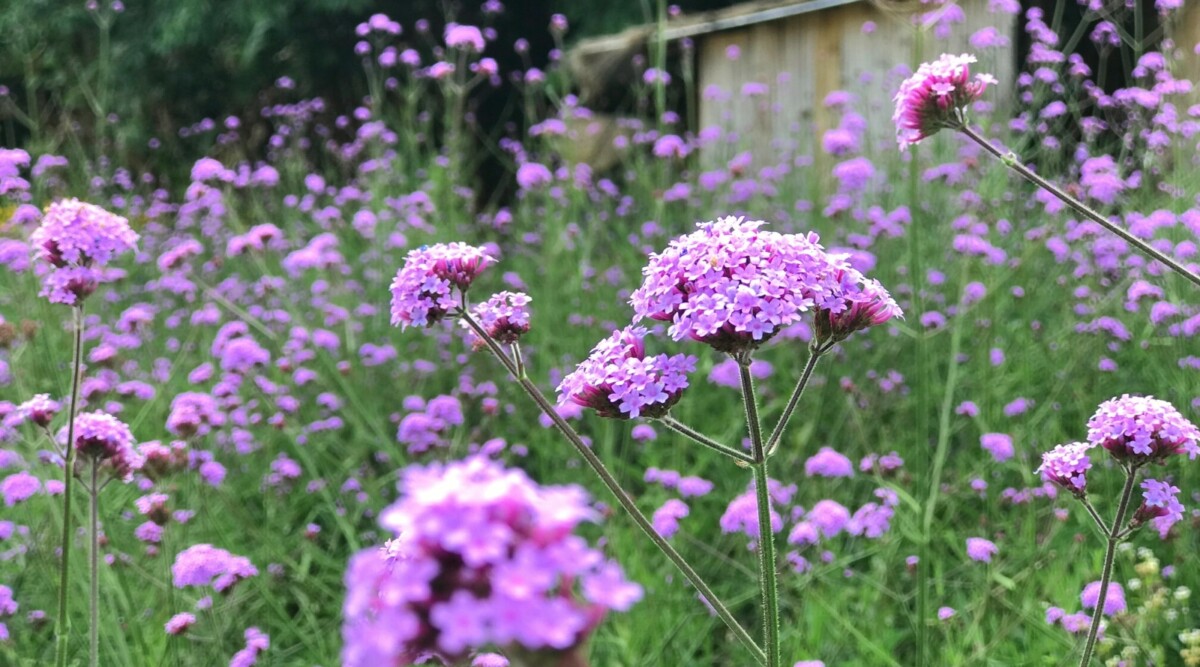
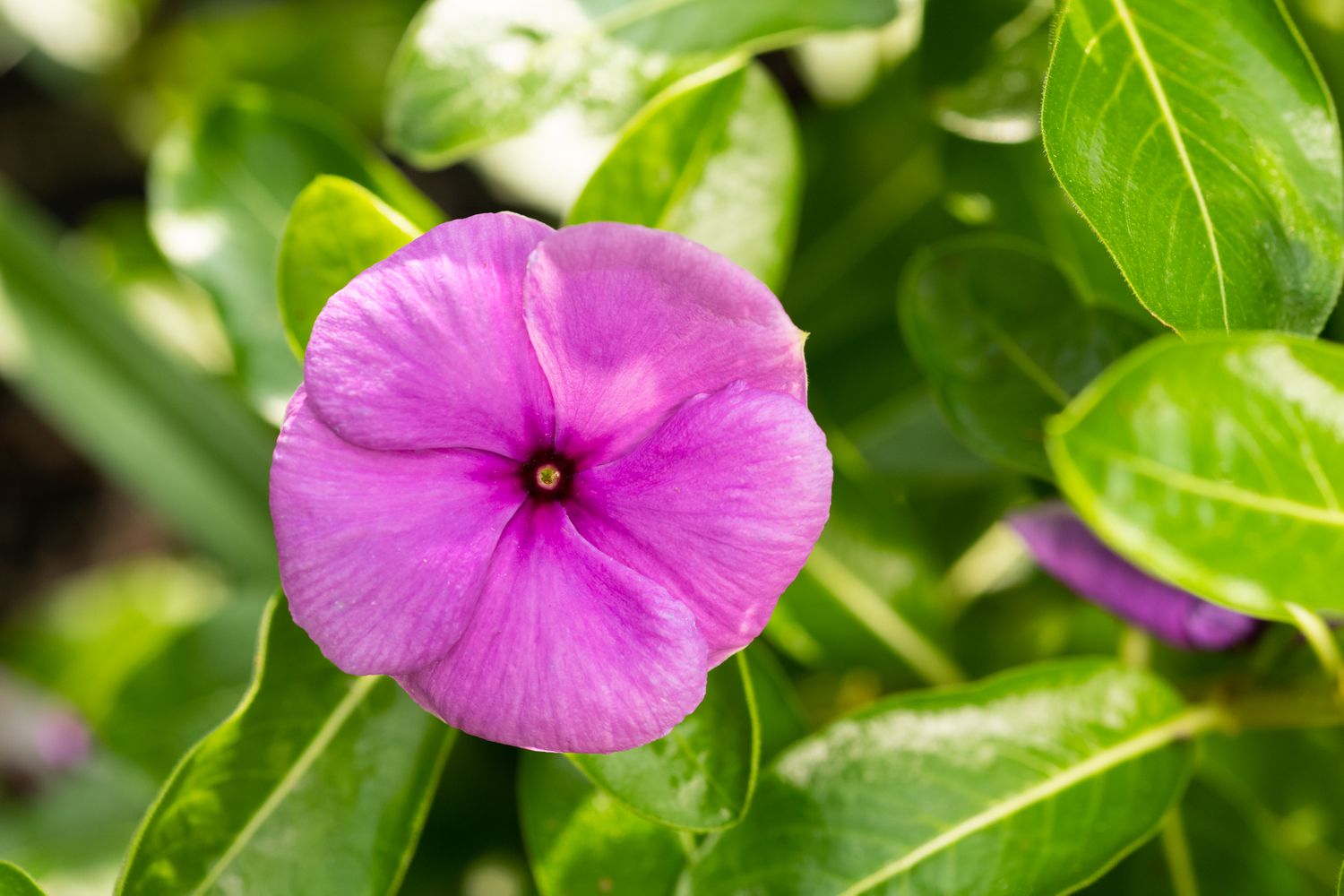
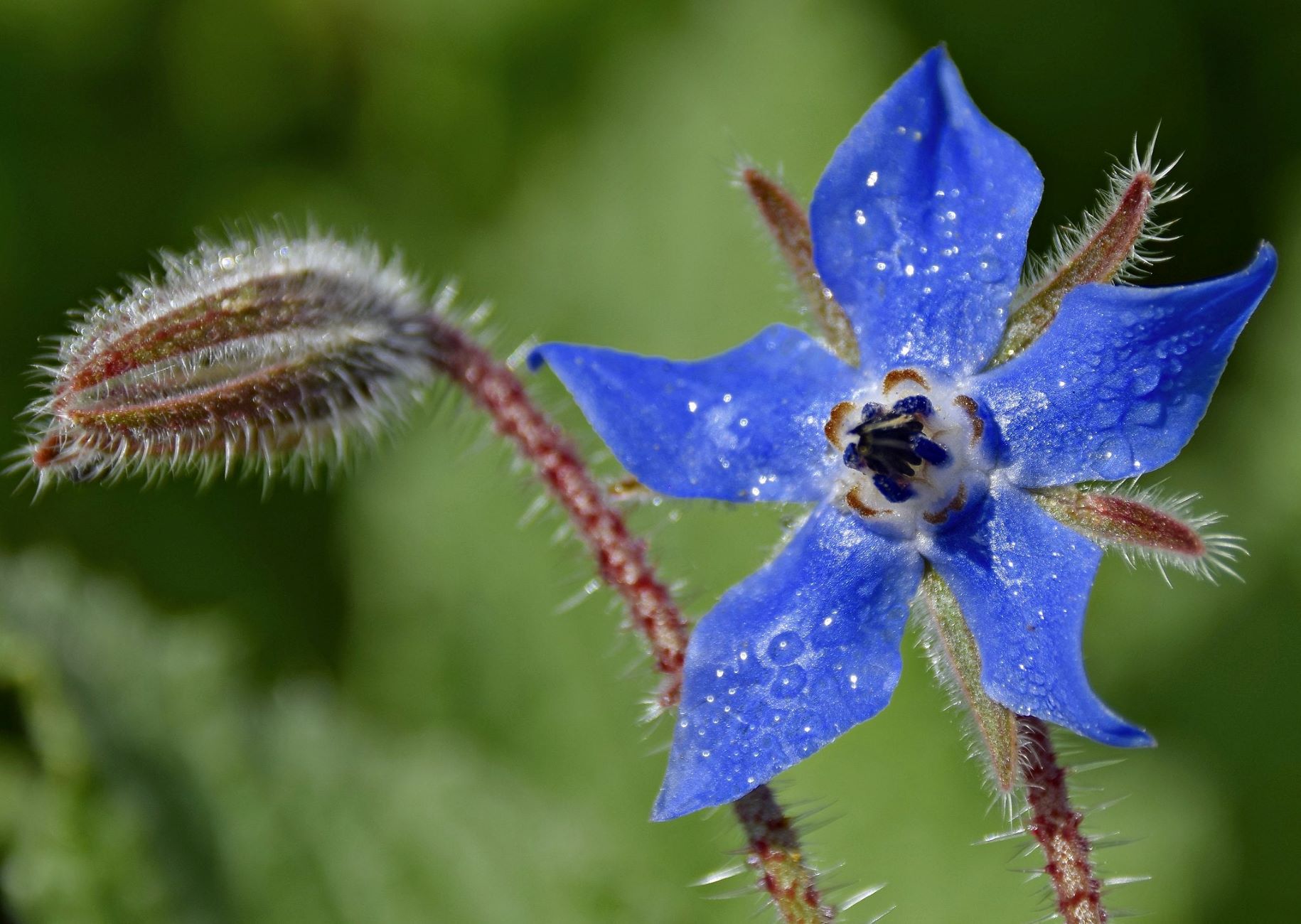
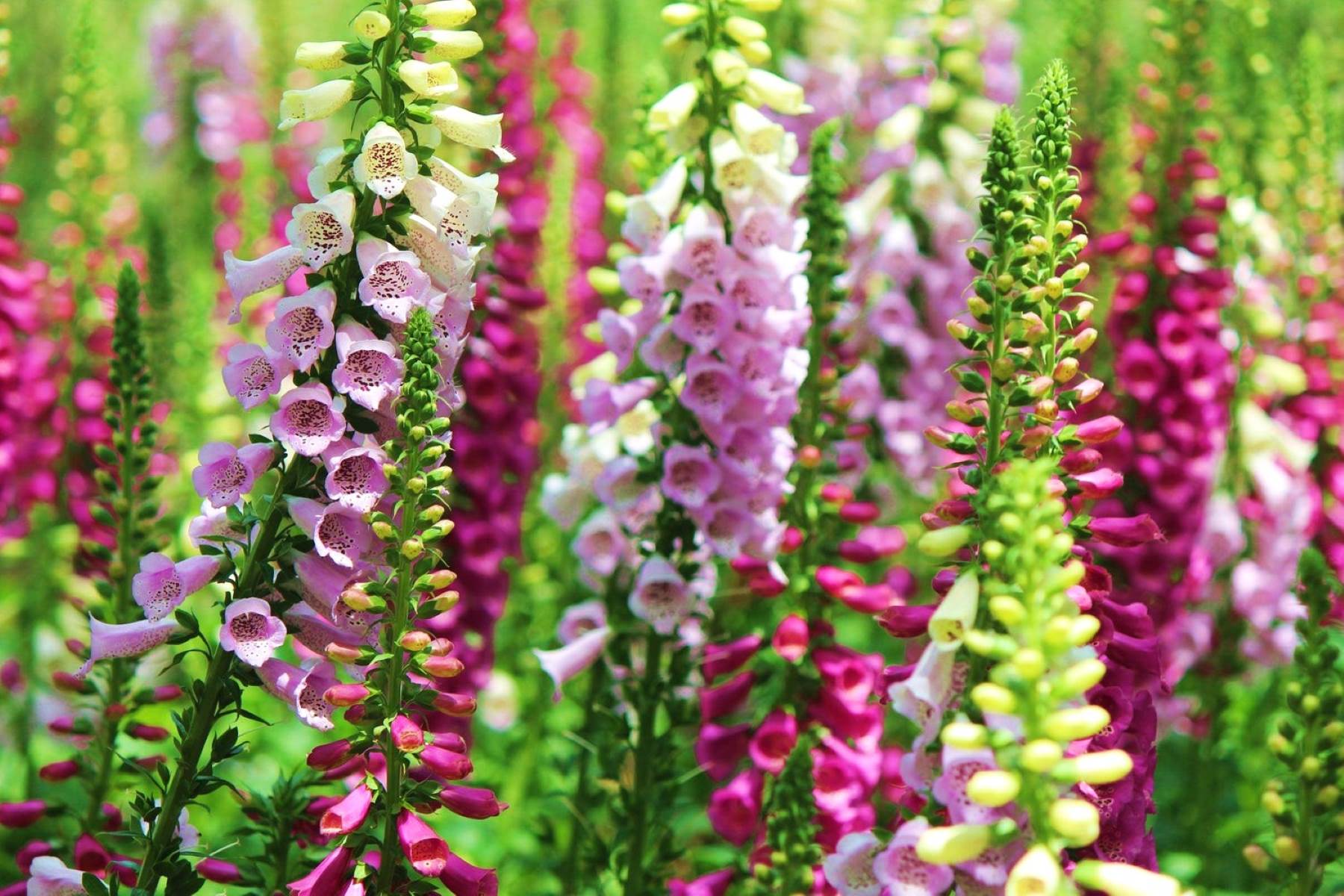
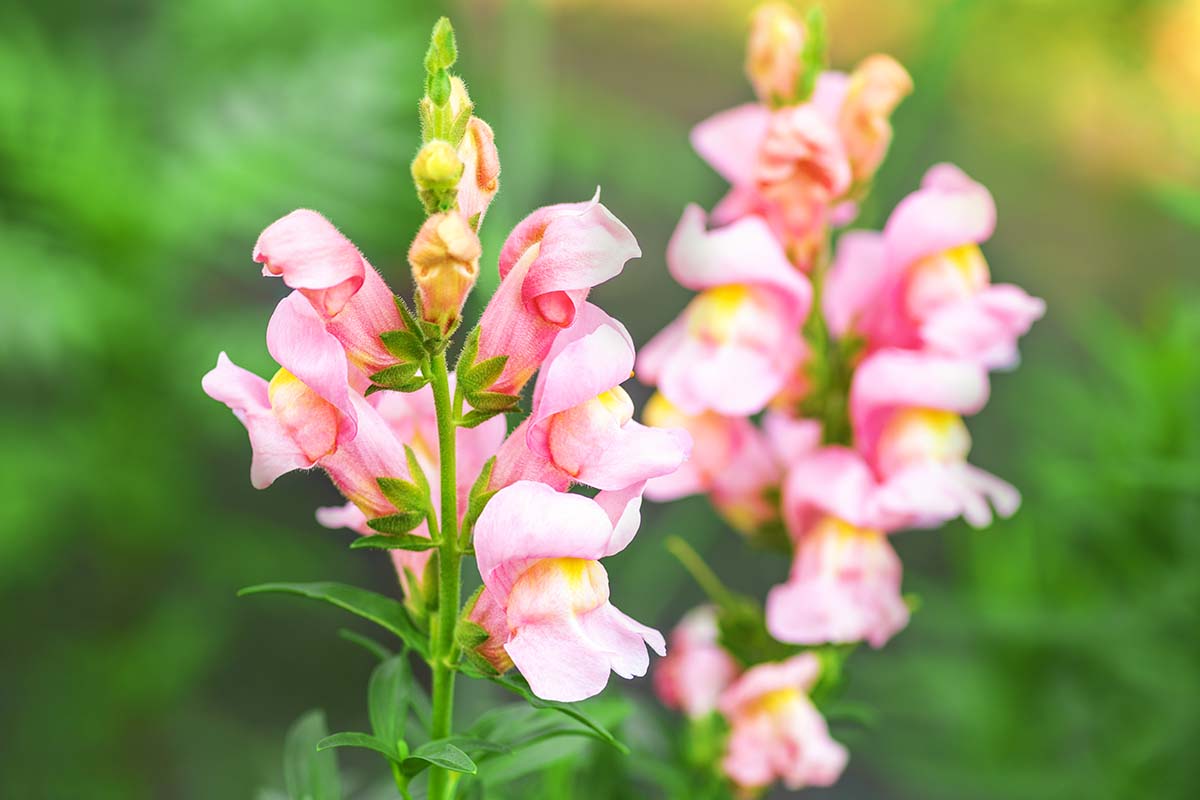

0 thoughts on “When To Plant Persimmon Seeds”